Hello! Click on one of our members below to chat on Whatsapp
The Colca Canyon is the one of the worlds’ deepest canyons. It´s the third most visited tourist destination in Peru, welcoming thousands of visitors very year. Located just 160km/99miles from the picturesque white city of Arequipa, the canyons have a depth of 1000-2000m with the Colca River running through it. The Cullaqua and Cabana cultures still call this home and maintain a traditional way of life. Their traditions and customs are rooted in their ancient Inca heritage.
Colca Canyon is home to multiple bird species like the impressive Andean Condor (vultur gryphus), giant hummingbirds, Andean geese, Chilean flamingoes and mountain caracara. Other unique fauna include the vizcacha (a rare rodent that resembles a rabbit), zorrina (Andean skunk), deer, fox and the National animal of Peru, the gorgeous Vicuña.
Other attractions include the many hot springs dotted around the valley. Also, venture to the caves of Mollepunko or hike up to the extinct volcano of Hualca Hualca. Another great outing to consider is to join one of the many cultural festivals in the area, like the popular Wititi festival in Chivay. Embark on any the variety of treks on offer to the canyon floor and the famous Mirador Cruz De Condor, where you can watch the largest living birds of Prey, the Andean Condors taking flight. These birds have an astounding wingspan of 3.2m and weigh around 15kg/33lbs.
Below we delve deeper into how, when and why you can and should visit the Colca Canyon. Don´t miss the opportunity to visit these remarkably diverse canyons, with their own unique perspective on the stunning vistas Peru has on offer. Hike from the terraced farmlands on the rim of the canyon wall, all the way down to a sparkling oasis at its heart as condors soar above.
It really depends on how much time you have and how you’d like to explore the canyon. Most travelers choose the two-day Colca Canyon hike – one night in the oasis – which involves an early morning 4 hour drive from Arequipa. Alternatively, the three day/two night trek gives you a chance to explore more of the canyon’s epic scenery.
April and May are the best months to visit the Colca Canyon as the valley turns green following the seasonal rains but the mountains are still capped with snow. That said, the Colca Canyon weather is generally warm and mostly dry all year long, January through March is when it rains almost every day. Because of the elevation, nights can be cold, especially if it’s been cloudy during the day.
Low pollution levels in the desert region mean clear night skies. If you can time your trip, visit during the new moon in April or May. The views at night are majestic!
The canyon is located in the Colca Valley, Caylloma province (160 kilometers from the city of Arequipa).
The altitude varies from 2,900 meters to 4,500 meters above sea level.
Overall, the Colca Canyon trek is challenging, whichever path you choose. Even though the hike down may be easy, you still need to hike your way out of the canyon and, with Sangalle sitting at 2,100 metres of elevation and Cabanaconde at 3,300 metres, you’re facing the effects of altitude, too.
Another thing to consider is that it’s a high desert region where the sun is pretty intense, and there are not many trees to offer shade. Moreover, the paths are mostly dusty with small, loose rocks, which is physically demanding.
You don’t need to be super fit to do the Colca Canyon hike. But it’s definitely not for a first-timer or anyone with mobility issues. Since there’s no place to spend the nights other than in Cabanaconde or in the villages within the canyon, once you start your hike, there’s no stopping. So, good cardio, strong legs, and a sense of determination are a must.
This is a cute tourists hub that links the two different entrances into the Colca Canyon. It has a wide variety of lodging options, from more budget friendly options to more luxurious alternatives. In the center is a town plaza with a lively market and an extensive selection of handicraft shops. Also, a short walking distance is the La Calera hotsprings. A great town to spend the night to enjoy the views and rest from a long day of hiking.
Yanque is a quaint town with great views of the River and the nearby volcanoes of Sabancaya and Misti. Children are usually gathered in the square to perform folkloric dances for tourists in the center. It is also known for the best looking church in the region, the Immaculate Conception Church. The church is a classic baroque mestizo style.
The village of Cabanaconde is the point where a number of treks begin. From here you get to pass a number of lookout points such as Cejana, San Miguel and Achachiwa. A steep 2-3 hour descent takes you to the small oasis town of Sangalle. Cabanaconde is the closest town to Mirador Cruz Del Condor, the lookout point that’s famed for the condors that soar above it.
Whether you’re spending the night in Chivay or have just completed a trek, consider relaxing in one of the numerous hot springs and geysers throughout Colca Canyon. Locals believe the pools have curative properties, especially for rheumatism and arthritis.
The Colca canyon is the “best place” in South America to see the Andean Condor. During a Colca Canyon tour, most tours stop at Cruz Del Condor in the morning, to have the best chances of seeing these magnificent birds. Remember that there is no guarantee that you will see condors, but in most cases it is possible to observe them at close range.
Yes, this is possible! And it is the most recommended itinerary to save time, because you do not have to return to Arequipa city.
There are many tours and excursions that have a package deal that includes Colca Canyon and Lake Titicaca in Puno. The tour usually begin in the city of Arequipa, before continuing on to the Colca and finally stopping in Puno. Sam Corporations has the most comprehensive tour package. Click the following link for information: Best Peru tour package.
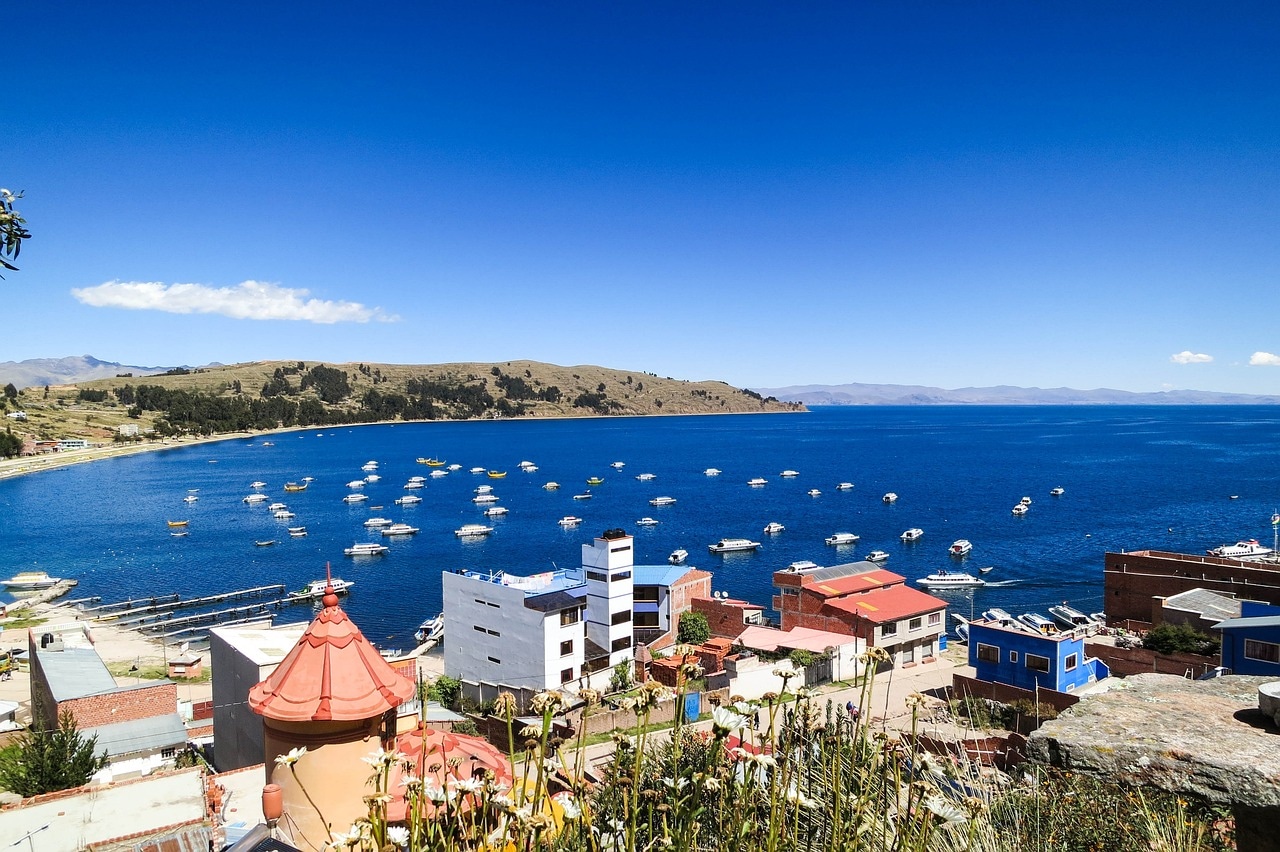
YES! This service that can be offered on Colca Canyon a private tours! To ensure this departure is possible, you need to contact your tour operator to organize transportation from Puno to the trailhead of the tour. This might incur extra costs, so its imperative to go through the the details before booking.
For excursion to Colca canyon with return to Arequipa city, hotels and hostels will normally store luggage in their safety deposit for free until you return.
Altitude sickness can catch many travelers and we recommend spending at least one night in Arequipa city in order to acclimatize to the altitude. If you have just spent a few days in Puno, then you should be fine. Puno is at a much higher altitude than Arequipa and the Colca Canyon. Elevation varies considerably in the canyon. On the hike down, you drop a significant amount of altitude, however, that simply means you have to gain all that altitude again on the way back.
To put things in perspective, here is a few examples of how the elevations differs.
In conclusion, the Colca Canyon does present challenges with the altitude. You descend as much as you have to ascend again. So we recommend acclimating and taking the right precautions should altitude sickness set in.
Drinking Coca Tea the first day of arrive in Arequipa can very helpful! Also it is important to avoid alcoholic drinks and try to drink a lot of water.
Double check that your Colca canyon tour operator provides “oxygen” in case its need.
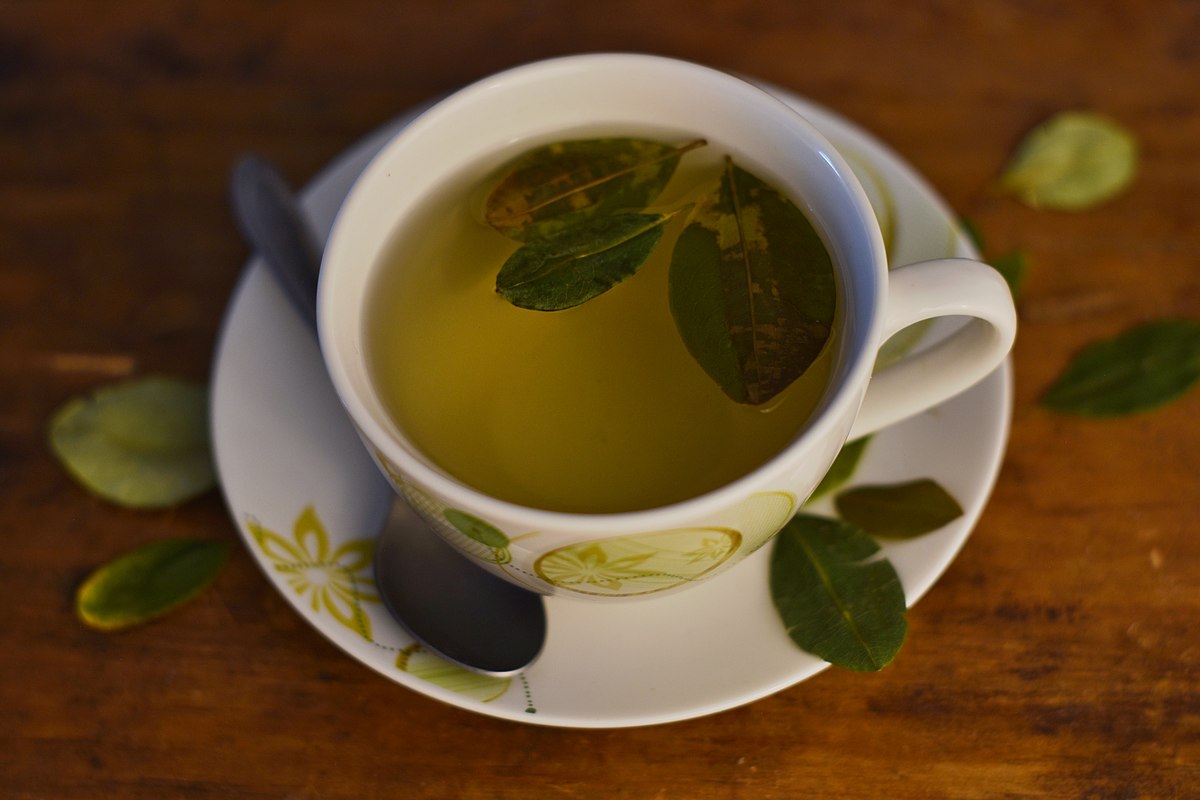
YES! The Colca Valley is ideal for families traveling with small children and teenagers.
Most travelers focus on hiking or to observe the condors on the canyon walls. However, children can enjoy some exploring and the traditional villas along the short walks. They can also bath in the hot springs pools, feed the animals or participate in the organic farming practiced in the region.
Activities such as feeding baby alpacas, horseback riding, hiking, artisanal textiles, games etc. are some of the many activities offered to family in the Colca Valley.
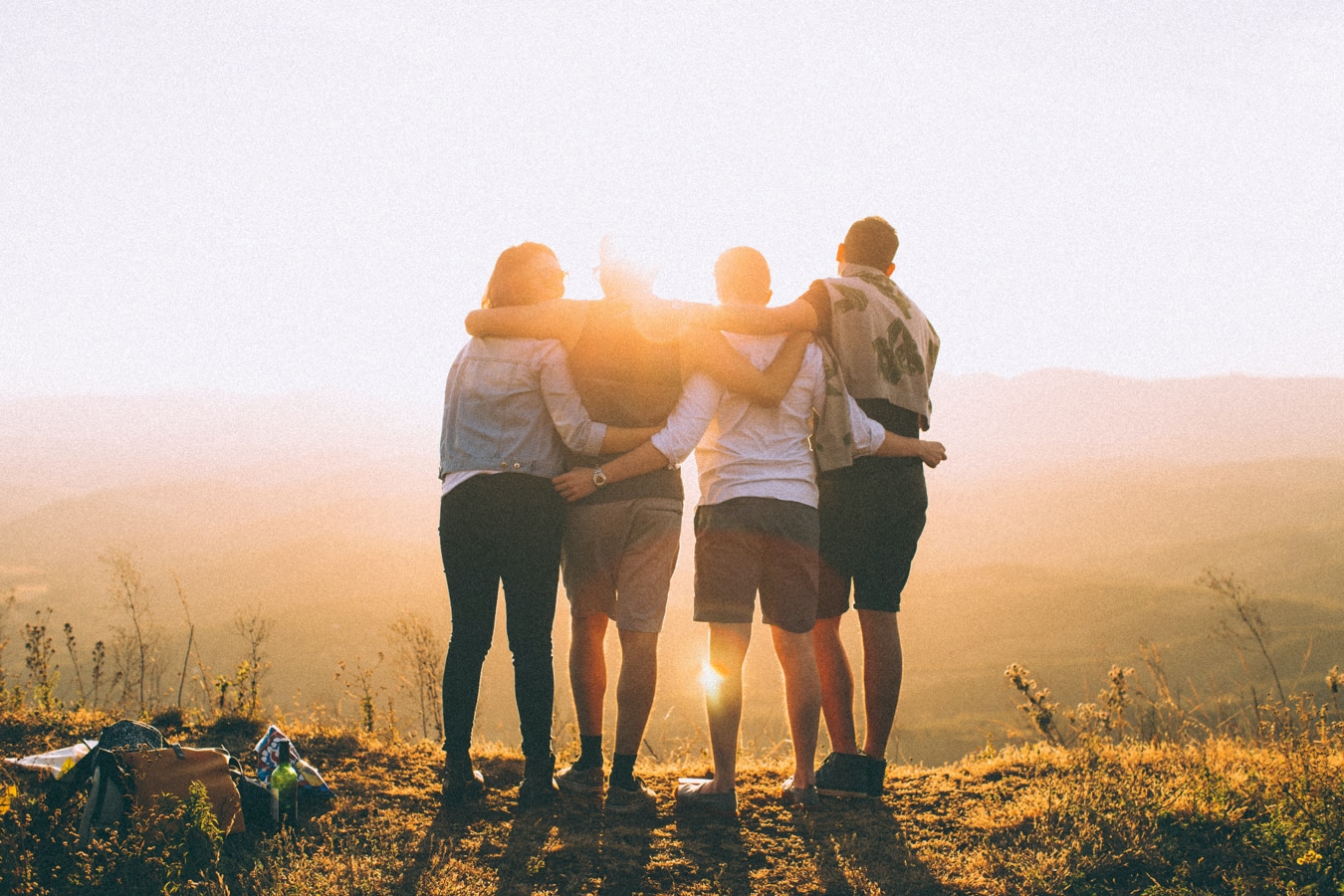

Comfortable lodging near the ruins of Ollantaytambo, in the Sacred Valley of the Incas
Learn More
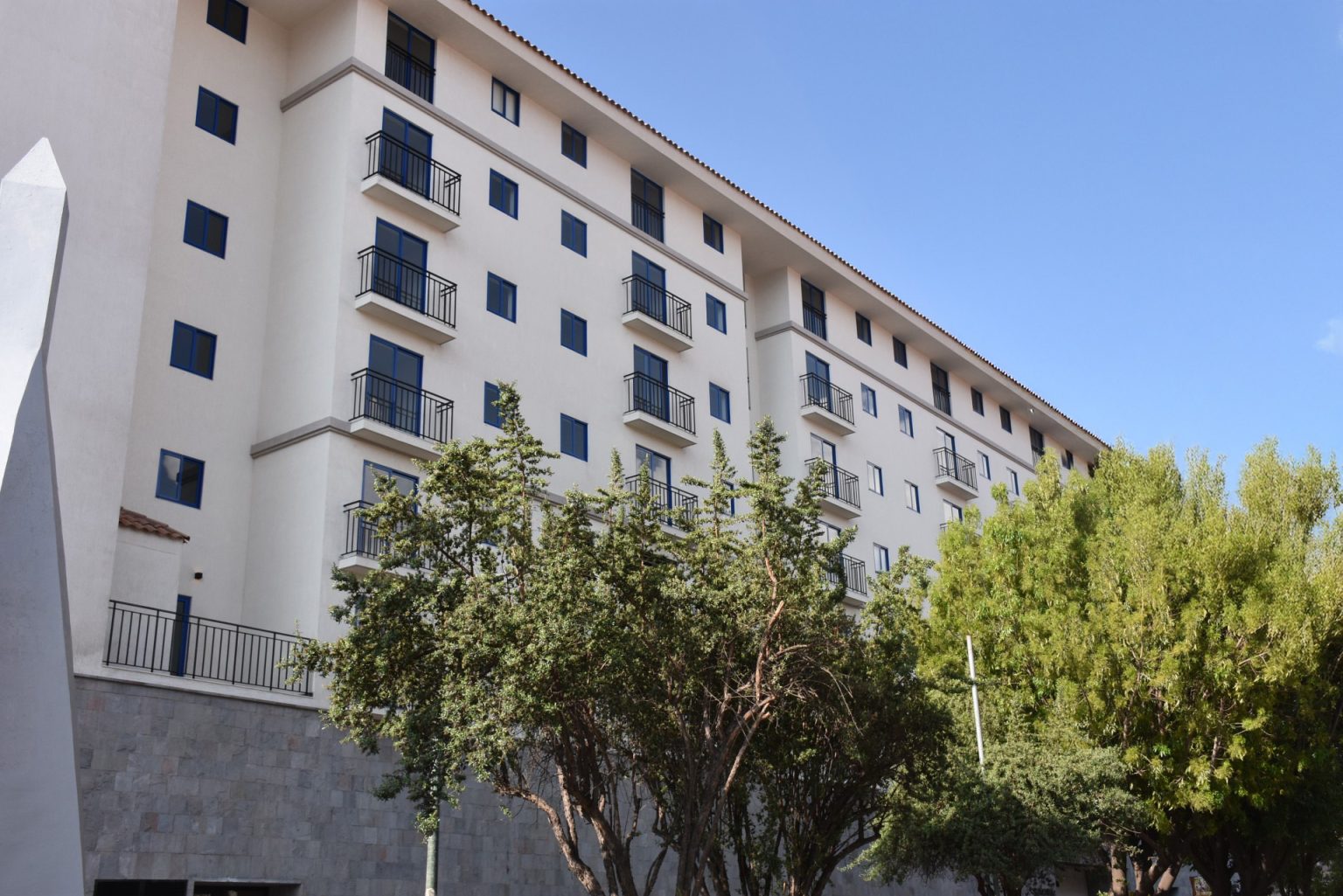
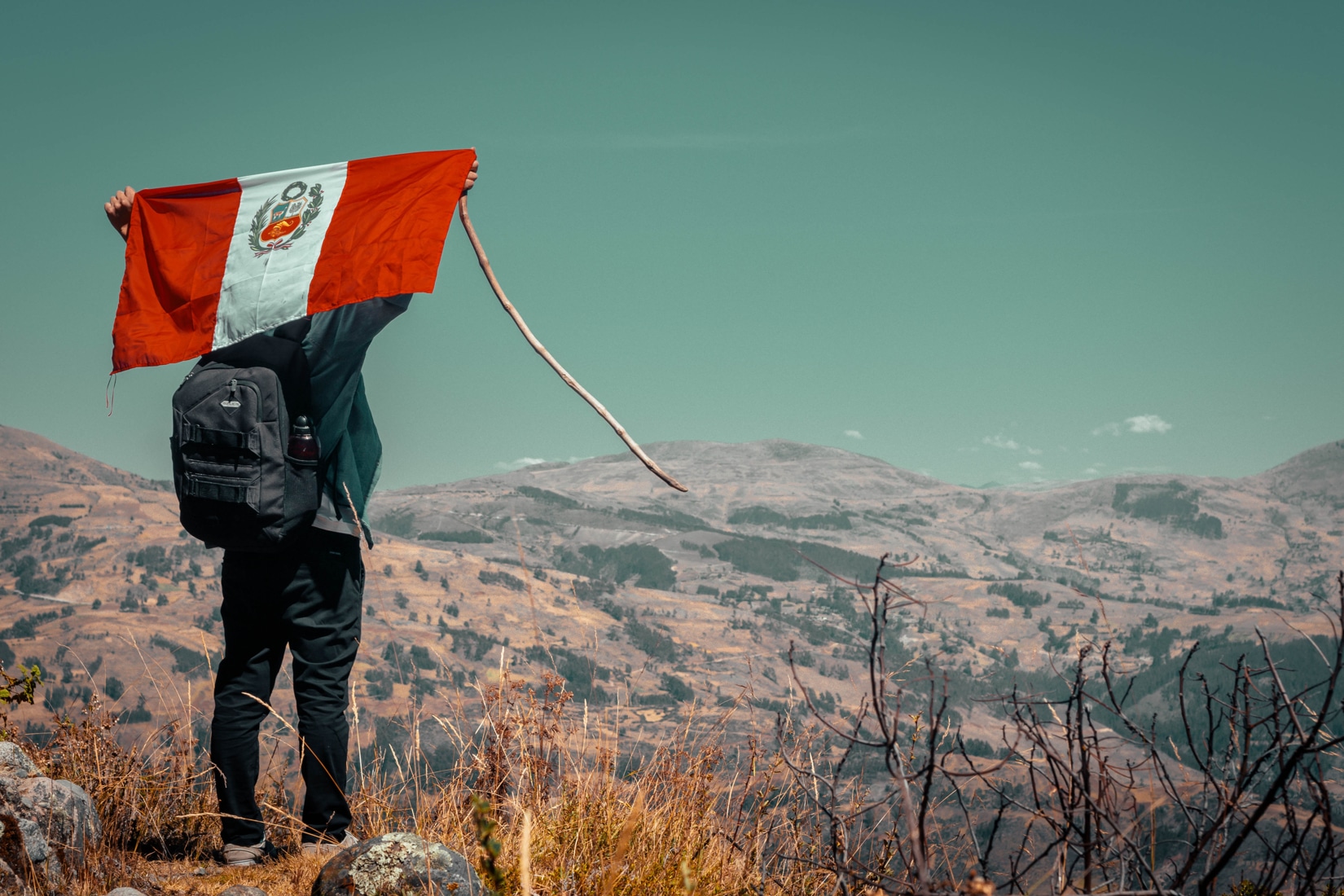
Travelling with children or teens in Peru is a different experience than travelling solo or as a couple; extra planning is required. This article will give you what you need to know to organize an unforgettable family trip to Peru. Peru is an excellent destination for children of all ages, all guaranteed to have a […]
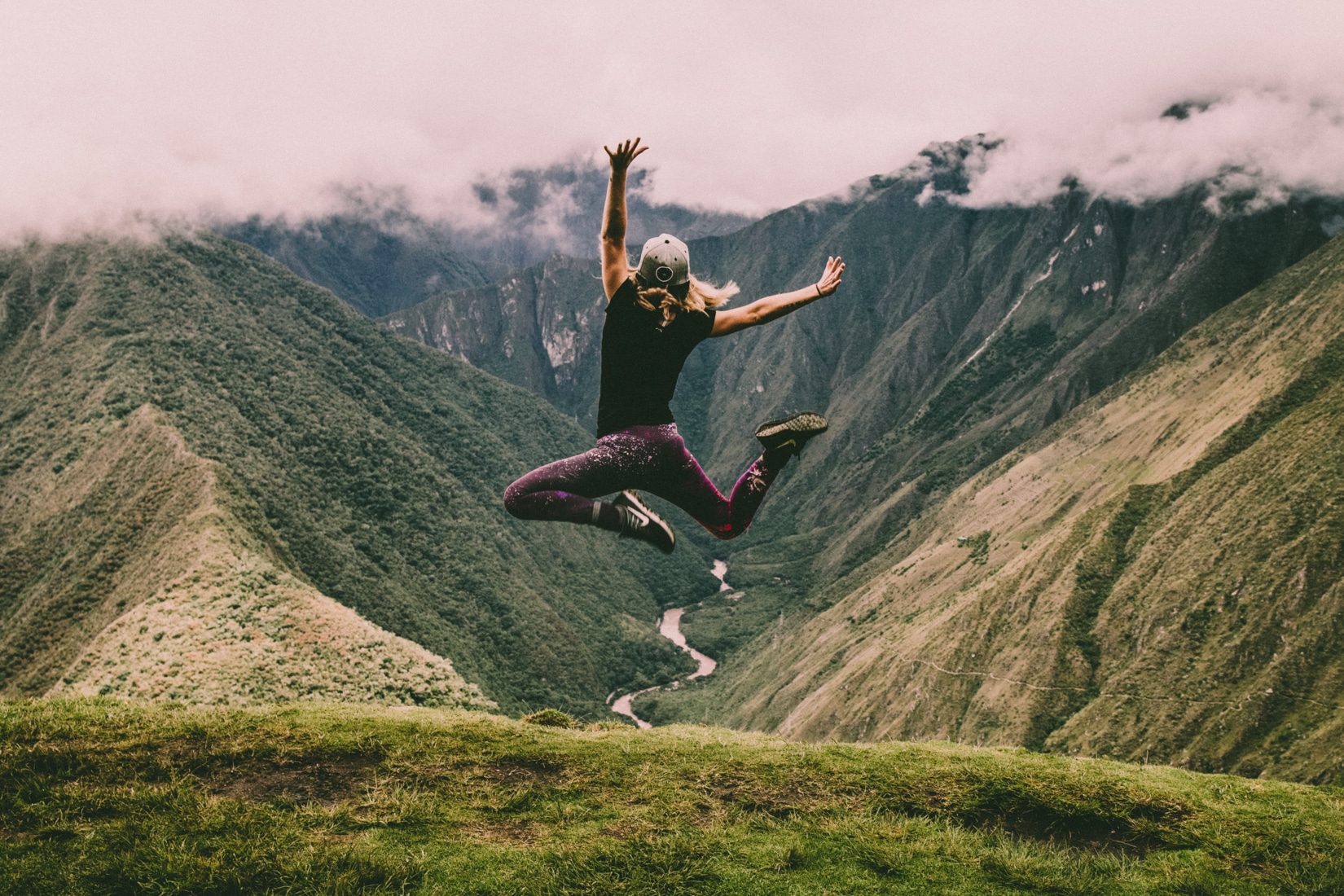
The Inca Jungle Trek to Machu Picchu is the perfect adventure trek for the thrill seekers among you. Start your adventure with downhill mountain biking, which leads to a lookout point with breath taking views of the Andean landscape. After, enjoy an exhilarating experience white water rafting down the Urubamba river. If that wasnt enough, […]
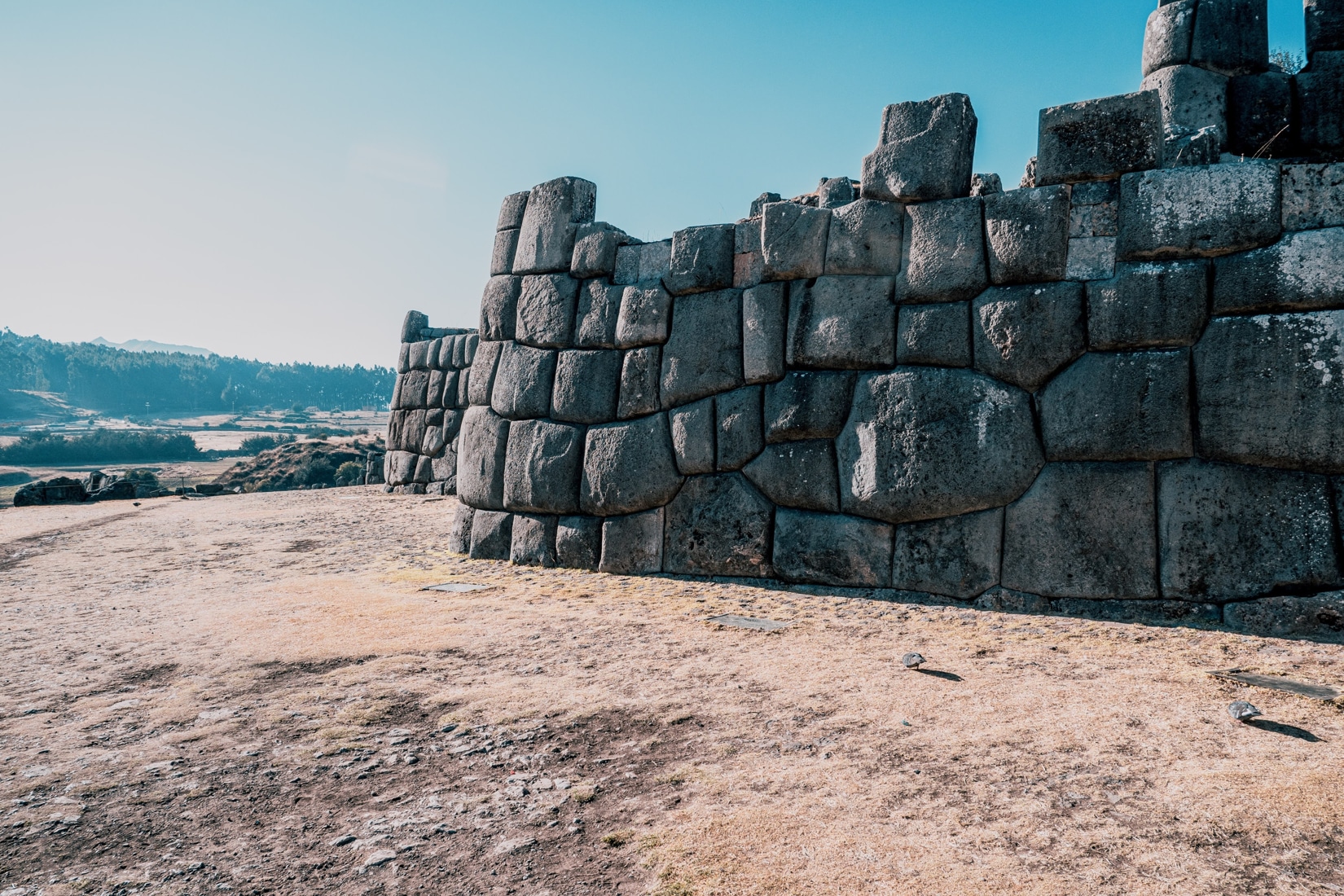
Sacsayhuamán is one of the most imposing and mysterious structures in the world. It contains 3 layers of zigzag walls made from megalithic stone. Just above Cusco you will find the enigmatic structure of Sacsayhuaman. Historians and archeologists believe that it was constructed around the 15th century during the reign of the most successful Inca […]
Trip to Rainbow mountain. First to the mountain thanks to Yair’s expert driving and special thanks to Cristian for being my guide. Highly recommend!
Our group of 8 did the 3-day Inca trail tour. From the very beginning Ray demonstrated his knowledge by answering all our questions thoroughly. Trekking the Inca trail was the hardest thing I’ve ever had to do in my life. I can say for certain that I would not have finished the trail, if not for Ray. I am not active at all, and hiking up and down a mountain, for 7 hours, seemed impossible. Within the first 10 minutes I was ready to be done. That sentiment was shared within most of my group.
Our tour guide Ray was excellent and very helpful. And we did the short inks trail to machupicchu thanks for the experience
Ray was absolutely amazing 😎 would definitely recommend him to anyone that wants to travel to Machu Picchu !!! Best experience of my life and off my bucket list🙏🏾
Vinimos desde Choquequirao para visitar Machu Picchu e incluso después de todos los momentos inolvidables del trekking con Jhony como nuestro guía Machu Picchu fue realmente memorable. Tener boletos para la entrada de las 6 a.m. fue fantástico, ya que nos permitió explorar con menos multitudes y presenciar la niebla que se elevaba sobre las ruinas.
Éramos un grupo de tres que decidimos realizar un recorrido de un día por el Valle Sagrado de Orange Nations, contemplando Ollyantaytambo y terminando en Cusco. La mejor decisión que tomamos fue que fuimos recibidos por nuestro increíble guía Miguel justo a tiempo, quien nos llevó a este increíble día lleno de diversión, risas y con un gran conocimiento sobre el área.
Gracias Jhony y Grober por sus recorridos entusiastas y conocedores. Definitivamente ambos guías turísticos del siguiente nivel con una compañía del siguiente nivel. Hicimos la caminata Laures y Machupichu con Sam Travels / Orange Nation y lo recomendamos encarecidamente :)
¡Los mejores guías turísticos del Perú para el sendero Machu Picchu! Nuestros guías turísticos Johny y David brindaron un servicio de la más alta calidad en mi experiencia viajando por Perú. Johnny enriqueció toda nuestra experiencia con humor, un conocimiento increíblemente detallado de la historia y cultura peruana, así como su entusiasmo y amabilidad. Durante los 2 días,
This was my first time in Peru and I wanted to do something bigger and better than Machu Picchu. I was searching online and came across Orange Nation's "Choquequirao Trek to Machu Picchu" , which is three times larger than Machu Picchu. Since Peru is known for a Machu Picchu
My girl and i did the Machu Pichu trek tour with Orange Nation. It was seriously the most amazing experience that we'll never forget. Gorgeous views! The long trek was worth the amazing view. The tour guide was friendly and very knowledgeable.
Wow, what a wonderful trekking experience! My trip to Peru was amazing thanks to this awesome tour that i took with Orange Nation. I did multiple tours with this company. I'm a solo traveler and everyone in my group was always still friendly and did not make me feel left out.
Excelente Anghely una nueva oportunidades de trabajo me siento feliz por estos logros